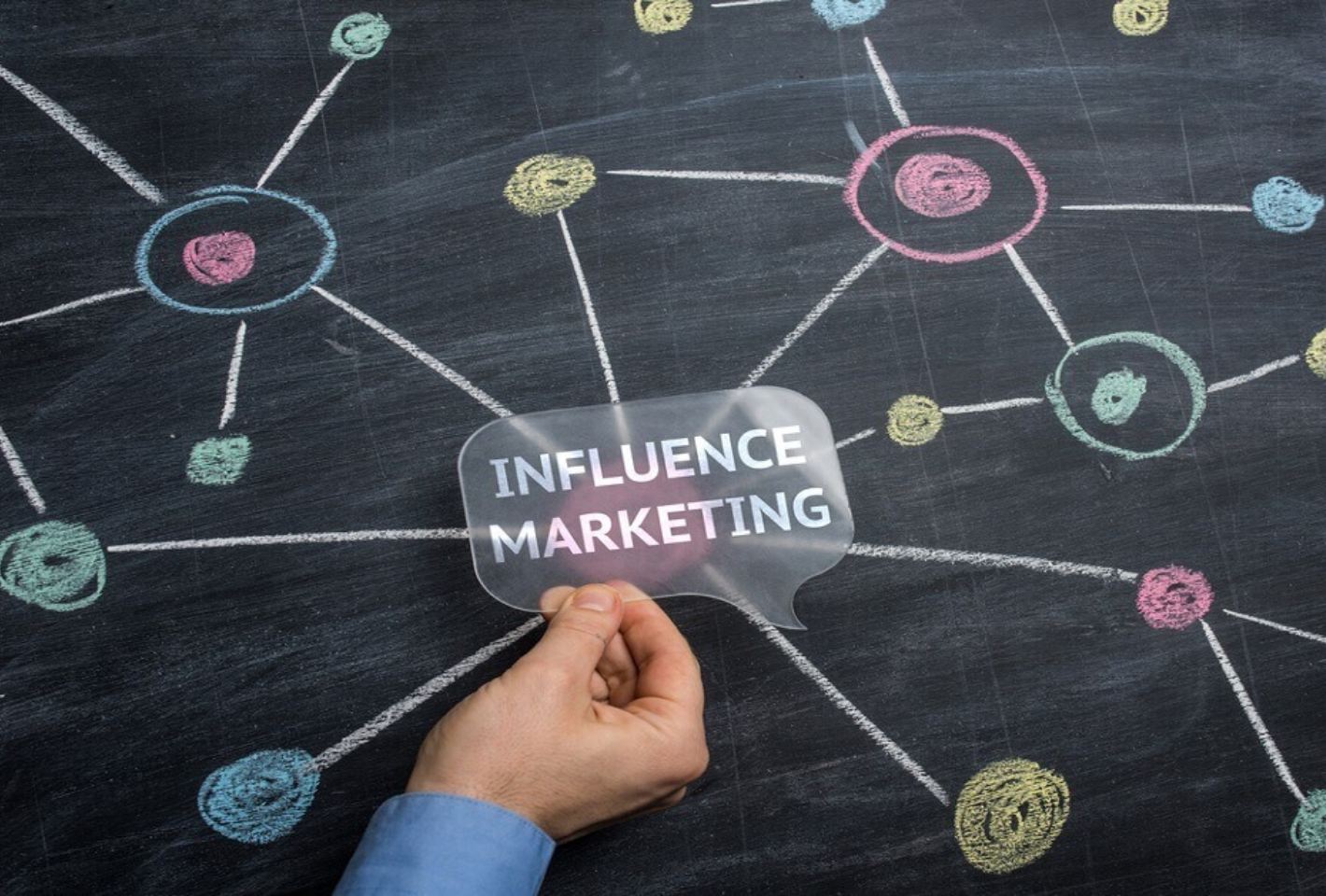Friday, September 12, 2025
Influencer Marketing Regulations: What Brands and Creators Must Know
CreatorsBrands

Influencer marketing has become a central growth driver for brands, but it is now under heavy regulatory scrutiny. With the rise of sponsored content, regulators (such as the ARPP in France, the DGCCRF, the European Commission, and the FTC in the U.S.) have strengthened the rules to ensure consumer protection and market transparency.
For both brands and influencers, compliance is not optional, it is a strategic necessity to avoid legal risks and build long-term trust with audiences.
Transparency Rules: Clearly Disclosing Partnerships
Transparency is the golden rule. Any sponsored content must be clearly disclosed.
- Mentions such as “#ad”, “#sponsored”, “paid partnership” must be visible and unambiguous.
- Vague wording like “thanks to the brand” is not sufficient.
- Disclosure must appear at the start of the content, whether it’s a video, post, or story.
Consumer Protection: Avoiding Misleading Advertising
Influencer content is subject to the same laws as traditional advertising. This includes:
- No false claims: exaggerated promises are prohibited.
- Truthful representation: influencers cannot claim to use a product they haven’t tested.
- Sector-specific restrictions: industries like healthcare, finance, alcohol, and gambling face strict limitations.
Minors and Sensitive Sectors: Specific Regulations to Follow
Protecting vulnerable audiences is a priority for regulators.
- Content targeting minors: no promotion of alcohol, tobacco, or gambling.
- Data protection: influencers cannot encourage minors to share personal data without parental consent.
- Health-related products: communications must follow strict rules to avoid harmful messaging.
Legal Responsibilities: Brand, Agency, and Influencer Liability
Influencer campaigns involve several stakeholders, all of whom share liability:
- Influencers: responsible for transparency in their posts.
- Brands: responsible for product compliance and marketing claims.
- Agencies/platforms: responsible for ensuring contracts and execution follow regulations.
How to Run a Compliant Campaign: Best Practices
To avoid sanctions and protect brand reputation, compliance should be embedded from the start.
- Clear contracts: define obligations, transparency requirements, and responsibilities.
- Visible disclosures: always use legal hashtags (#ad, #sponsored) at the beginning of content.
- Regulatory monitoring: stay up to date with evolving laws, especially in the EU.
- Audit processes: review content before publication to prevent violations.
Conclusion: Compliance and Trust as the Foundations of Sustainable Influencer Marketing
Influencer marketing regulations are not a burden—they are an opportunity to build trust. Transparent communication protects consumers, strengthens credibility, and ensures sustainable growth.
By anticipating risks and respecting compliance requirements, brands and creators not only avoid penalties but also develop ethical and lasting influence strategies.
By anticipating risks and respecting compliance requirements, brands and creators not only avoid penalties but also develop ethical and lasting influence strategies.
👉 In 2025, compliance will not just be a rule—it will be the foundation of successful influencer marketing campaigns.
